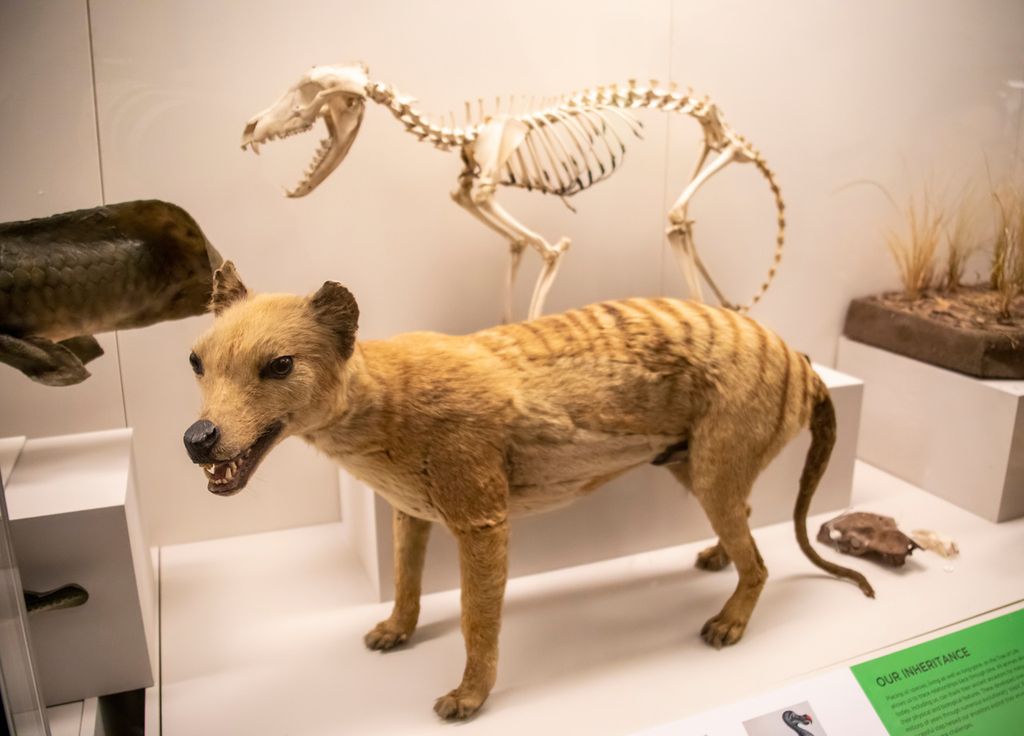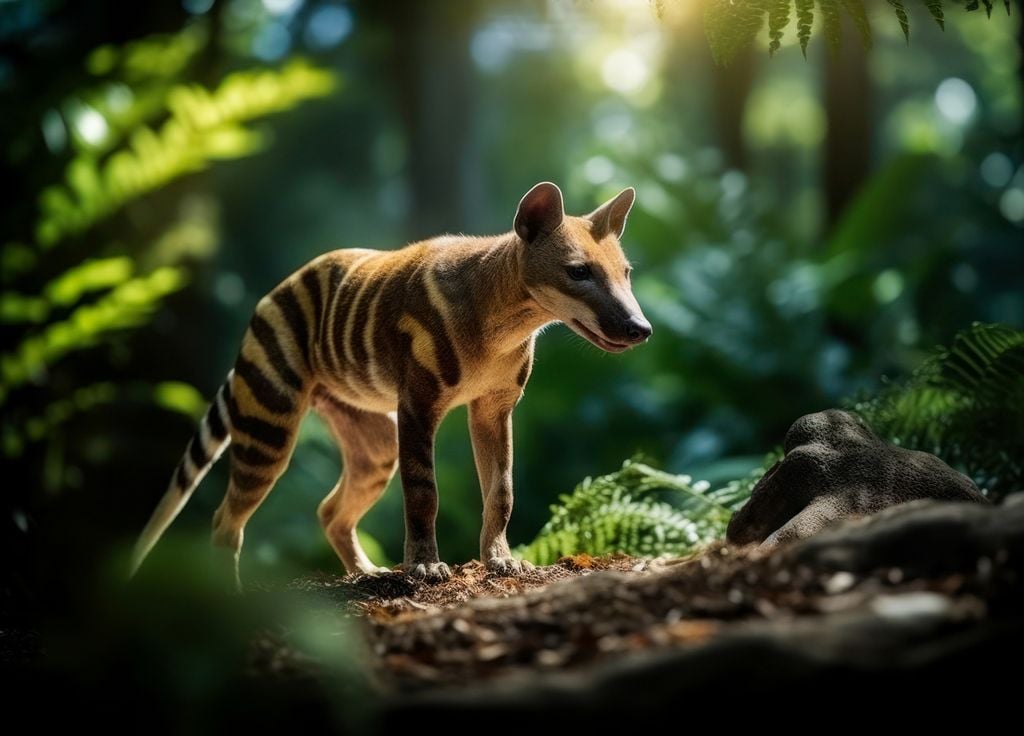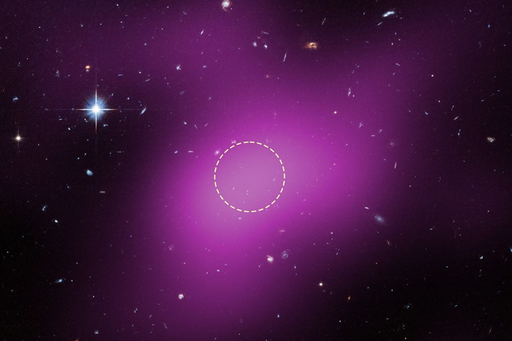Scientists are about to resurrect this extinct animal!
Swedish scientists have successfully isolated and sequenced RNA from a Tasmanian tiger. Thanks to RNA, researchers could revive the species that has been extinct for almost a century.

Mammoths, dodos, dinosaurs: there are many animal species that have become extinct. But the Tasmanian tiger could be the first to be resurrected thanks to the work of Swedish scientists whose results of their study were published in the journal Genome Research.
Researchers at Stockholm University in Sweden have succeeded, for the very first time, in extracting ribonucleic acid (RNA) from the Tasmanian tiger. Thylacinus cynocephalus is a carnivorous marsupial whose last known specimen died in captivity in 1936 in Tasmania, southern Australia.
RNA, essential to revive the species
To give life to new animals whose species has become extinct, it is necessary and essential to have their DNA as well as their RNA. However, this is the first time that the RNA of an extinct species has been isolated: “Never has the RNA of an extinct species been extracted and sequenced,” reveals Love Dalén, professor of evolutionary genetics, member of the research team.
“RNA is a molecule that allows the genetic code to be expressed in each cell and thus gives it instructions for action,” reveals the LeFigaro website. Using a 130-year-old Tasmanian tiger kept by the National Museum of Natural History in Stockholm, the team was able to extract RNA from the specimen. In particular, RNA from the animal's skin and muscles.
“Reconstruction of a living, functioning Tasmanian tiger requires not only in-depth knowledge of its genome (DNA), but also of tissue-specific gene expression dynamics and the functioning of gene regulation, which cannot be obtained by studying its transcriptome (RNA)", explains the team of scientists.
Resurrection or cloning?
It is not a resurrection, strictly speaking. Instead, researchers will create an animal identical to those that lived more than 130 years ago through cloning. Because the species became extinct because of humans. After European colonisation of Australia, the animal, classified as a pest, was exterminated by humans. Hunters received a reward for each animal killed.

In the case of the Tasmanian tiger, the tissues taken “were of such quality that it was possible to identify RNAs coding for proteins specific to muscles and skin,” explains the group of scientists. “If we want to resurrect an extinct animal, we need to know where the genes are, what they do and in which tissues they are regulated,” continues Love Dalén.
Obviously, this study opens the way to other possible cloning of extinct animals: "There are millions and millions of dried skins and tissues of insects, mammals and birds in museum collections around the world, and we could recover the RNA from all these specimens,” explains the Swedish scientist.








